Although shoofly decks were nearly extinct on the Mississippi Gulf Coast, three women decide that Bay St. Louis should be home to at least one: how the town's current shoofly came into being.
- story by Ellis Anderson
By the late 1900s, only a few remained on the entire coast. An iconic one stood in the Biloxi Green. Another had survived somewhere in Ocean Springs. Bay St. Louis had none.
What had survived though are two astonishing photographic images preserved in the Library of Congress. Both were taken in the Bay around 1900 by a photographer named William Henry Jackson. Jackson took them for the Detroit Photographic Company, a national postcard enterprise. The images show different views of the same Beach Boulevard shoofly. Jackson took one picture from the road looking toward the house and called it “Harry’s Villa” after the first name of the owner. The shoofly is in the foreground, an elegant wood home behind it. A woman stands on the shoofly, while a boy is perched in the fork of the tree trunk, temporarily taller than the adult.
Jackson shot the other perspective from the porch of the house, pointing his camera toward the water. In the picket-fenced yard are Harry’s wife, Mrs. Boyle, their daughter and a grandchild. Several people stand on the deck of the shoofly. Judging by their hats and dress clothes, they’re probably guests at the Boyle’s boarding house.
Yet, despite its historic shoofly stardom, Bay St. Louis remained shoofly-less until 1989 or ’90, when three Bay residents – Mike Cuevas, Zita Waller and Pat Cucullu – visited Ocean Springs for a home tour. Waller and Cucullu have passed away, and Cuevas tells the story. One of the featured houses – Cuevas doesn’t remember exactly where - had a shoofly in the yard. The three were enchanted and took photos.
Cuevas, who worked for the city, asked Mayor Eddie Favre, who was serving his first term, if building a city shoofly in the Bay was a possibility. “He said the same thing he always did when I asked him for something,” recalls Cuevas. “He said, ‘Sure, you raise the money and we can do it.’” The live oak on the property of the historic City Hall on Second Street was chosen to host the project. Cuevas says that later Farve himself found the funding to add to donations that came in. Architect Kevin Fitzpatrick and engineer Wayne Peterson volunteered their professional services, making the project a possibility. In the end, the cost for the shoofly construction was around $20,000, with the public works department providing the labor.
Fitzpatrick, an architect well-versed in historic preservation (he currently serves as chair on the city’s Historic Preservation Commission), remembers the project well. As a college student before Camille, he often traveled the coast, driving between Tulane University in New Orleans and his parents’ home in Florida.
“Back then, it seemed like the coast was covered with them (shooflies),” Fitzpatrick said. “I’d always admired them, so I was able to design the Bay’s pretty much from memory.” Fitzpatrick designed the railings to match the ones on the historic city hall, while engineer Wayne Peterson worked on the structural engineering. Fitzpatrick said he remembers joking with the engineer after seeing the support system Peterson devised. “I told him that we’d be able to park a locomotive on that thing,” Fitzpatrick said. “It seemed way over the top. But Wayne believed that people would assemble on the Shoofly for weddings and events, so it had to be extremely strong. And he was right.” Peterson’s other concern was for the tree itself. The deck had to be self-supporting so it wouldn’t harm the ancient oak and it had to allow plenty of room for the tree to grow. According to Peterson, “The base at the ground is close to the base of the tree, with the platform cantilevering out at the top. In addition, the structure had to be designed to support a lot of ‘weighty politicians.’ I understand that it has successfully supported a lot of those over the years.” “It’s still something when I see it,” says Peterson. “My hope is that it gives people a little of the pleasure that growing up and living on the coast has given to me.”
Of course, the Shoofly Magazine is named after the iconic town landmark - a perfect place for elevated community conversation!
Comments are closed.
|
Categories
All
Archives
July 2024
|
Shoofly Magazine Partners
Our Shoofly Partners are local businesses and organizations who share our mission to enrich community life in Bay St. Louis, Waveland, Diamondhead and Pass Christian. These are limited in number to maximize visibility. Email us now to become a Shoofly Partner!

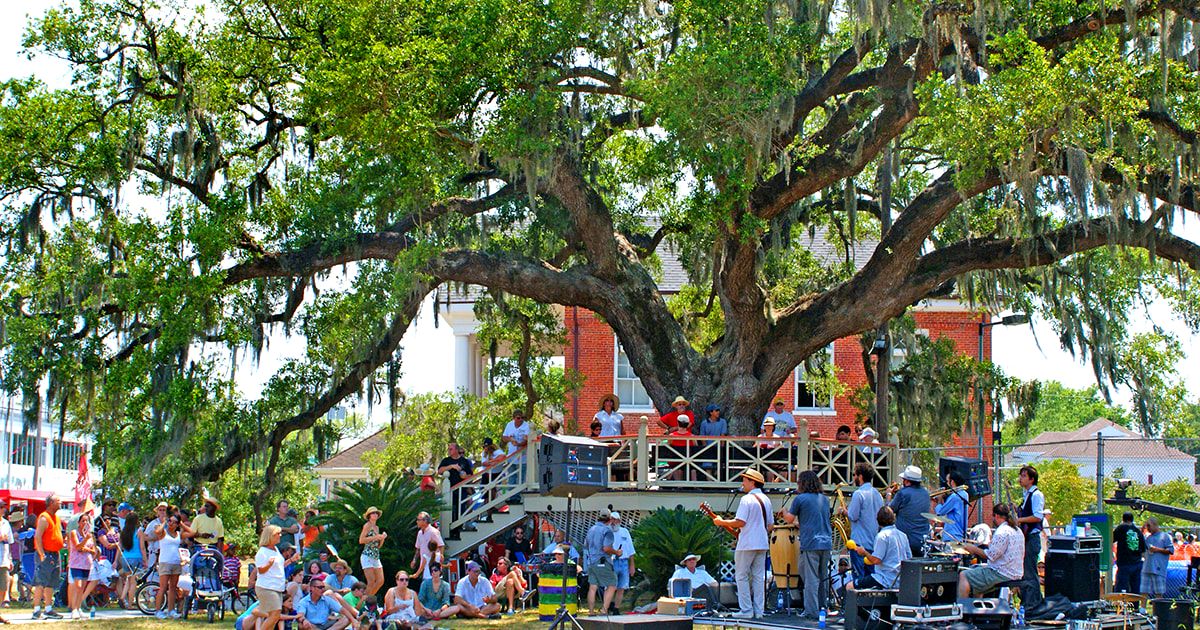

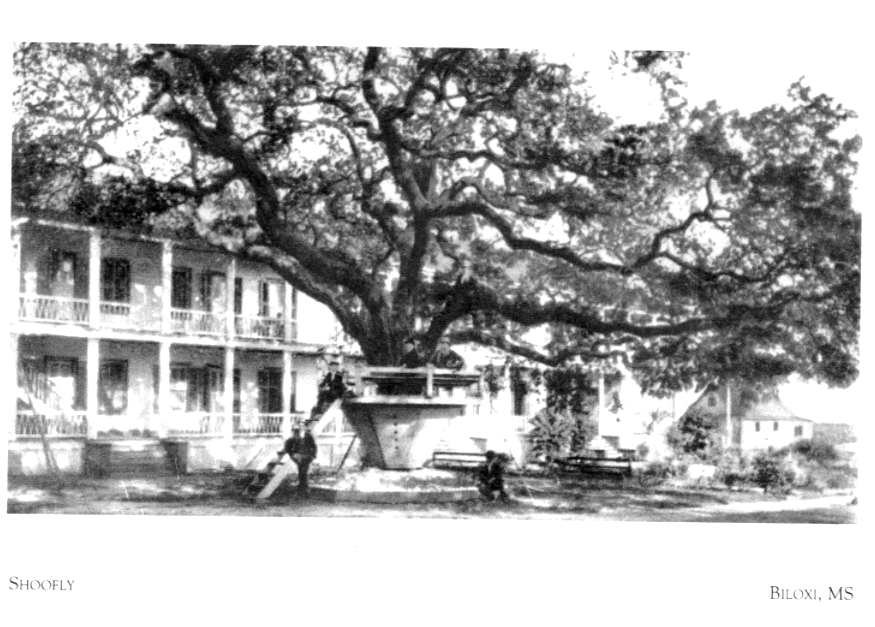
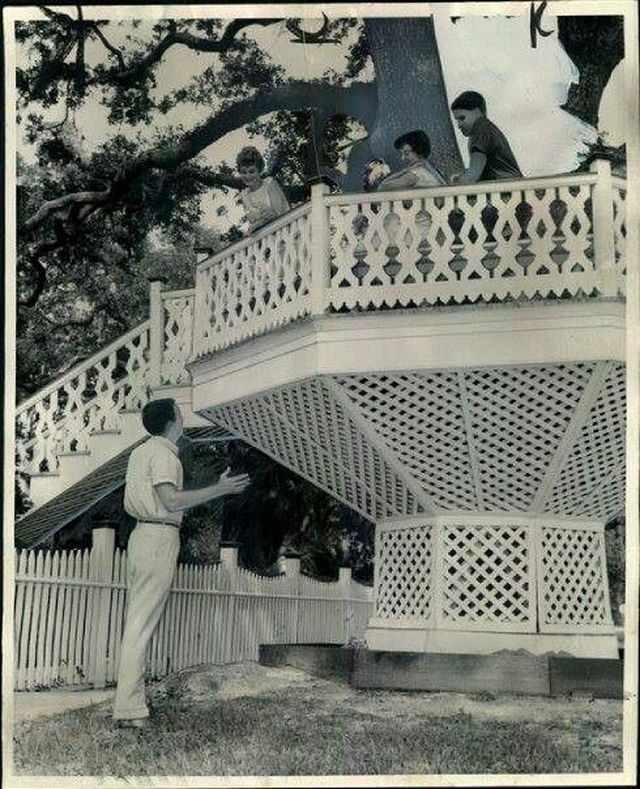
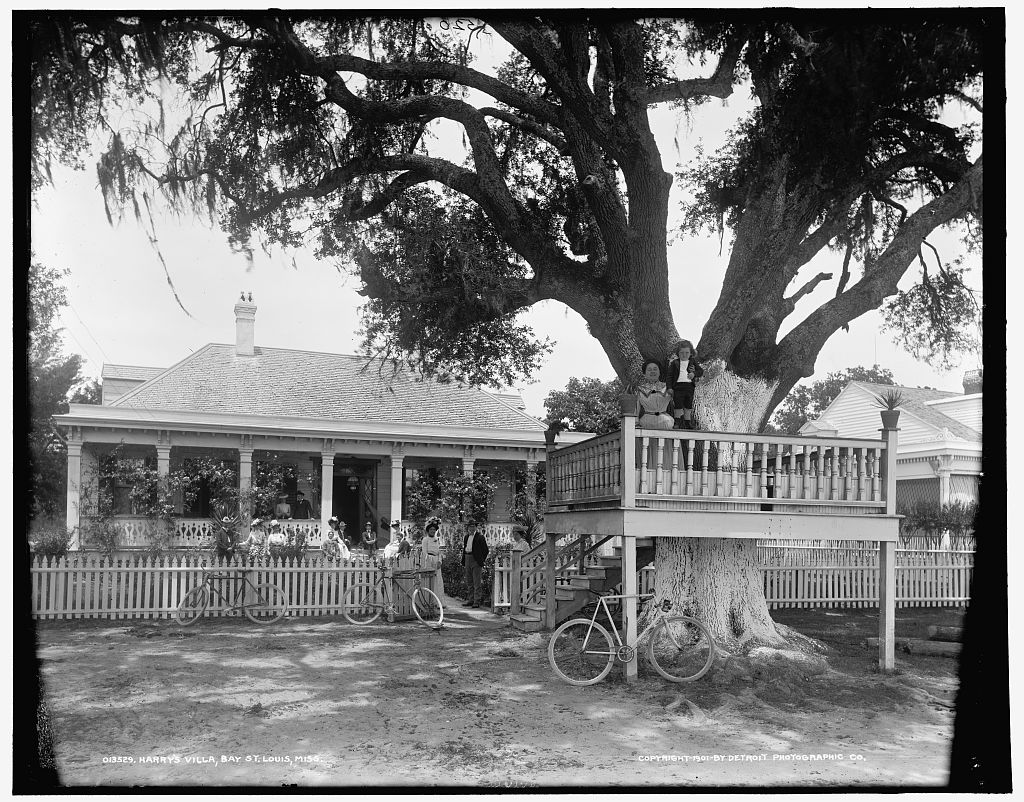
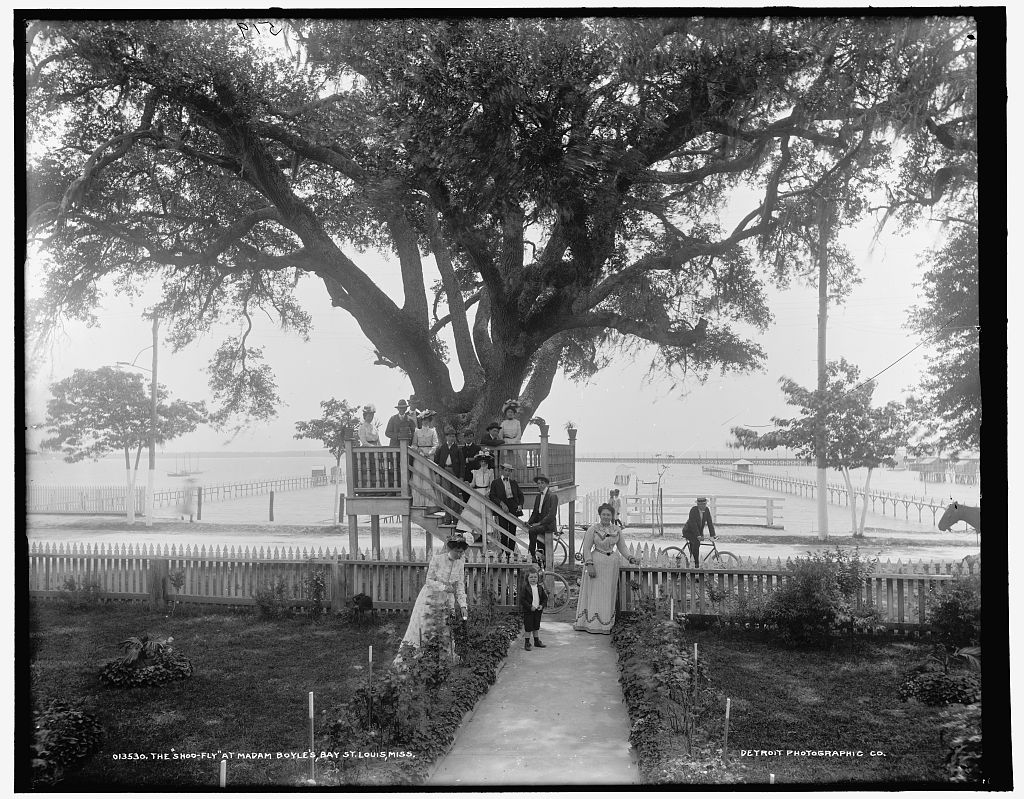
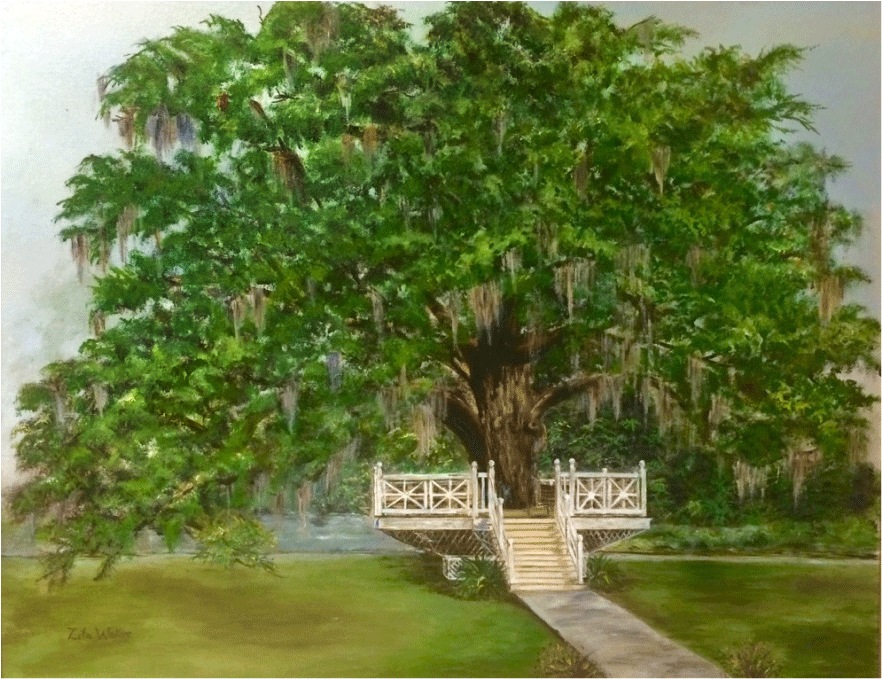

























 RSS Feed
RSS Feed























